This year, over 100 000 people attended the annual Mobile World Congress (MWC) in Barcelona. Tech journalists, electronics brands and developers all flocked to see the latest innovations in mobile technology and what can be expected in the not-to-distant-future.
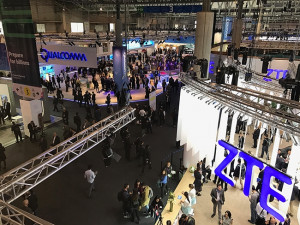
The theme for the conference last year was 'Mobile is Everything' and showcased how mobile was at the heart of innovation. This year, the organisers said the show focused on going beyond 'everything' and looking forward at 'The Next Element', and showcased how mobile is changing the foundation of today's world.
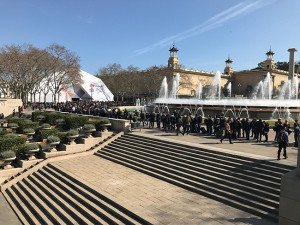
Before the show started on Monday, major tech brands, including LG and Samsung, launched their flagship devices. The most interest seemed to be in Chinese brand Huawei, which saw thousands of people queue to get into its specially-constructed-for-launch venue.
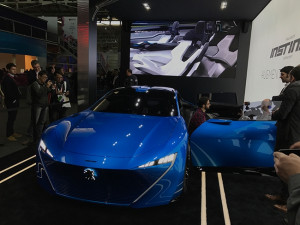
French car manufacturer Peugeot unveiled its Instinct concept car, which features a smart hybrid system that drives differently depending on how the driver "feels". The car is connected to a cloud service that collects information for devices such as the driver's wearable or their smartphone. This means it could potentially drive faster if it sees in the driver's calendar they are late, or dim the ambient lighting if it sees from the driver's wearable they are tired.
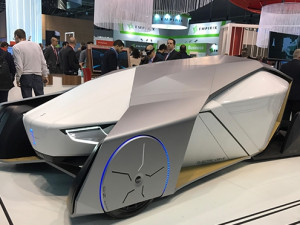
It was not only traditional car manufacturers displaying their idea of what humans will be driving, or be driven by, in the future. Vodafone, together with Huawei and Audi, created a connected and autonomous prototype. The telco used it to test a new technology called C-V2X (cellular vehicle-to-everything or vehicle to any device) which will connect vehicles with each other, pedestrians and infrastructure in the future.
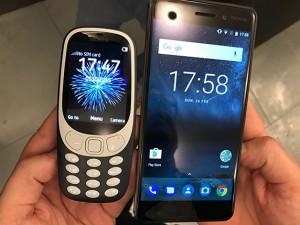
While every company seemed to be looking forward, HMD Global, the firm with the rights to make and sell Nokia-branded devices, reinvented the past. It released a rendition of the widely-popular 3310 feature phone from the early 2000s. It hopes to capitalise on nostalgia and what it calls "digital detoxes" - when people want to take a break from being connected to the Internet at all hours. It is pictured here next to the Nokia 6, an affordable high-end smartphone also created by HMD Global.
Share